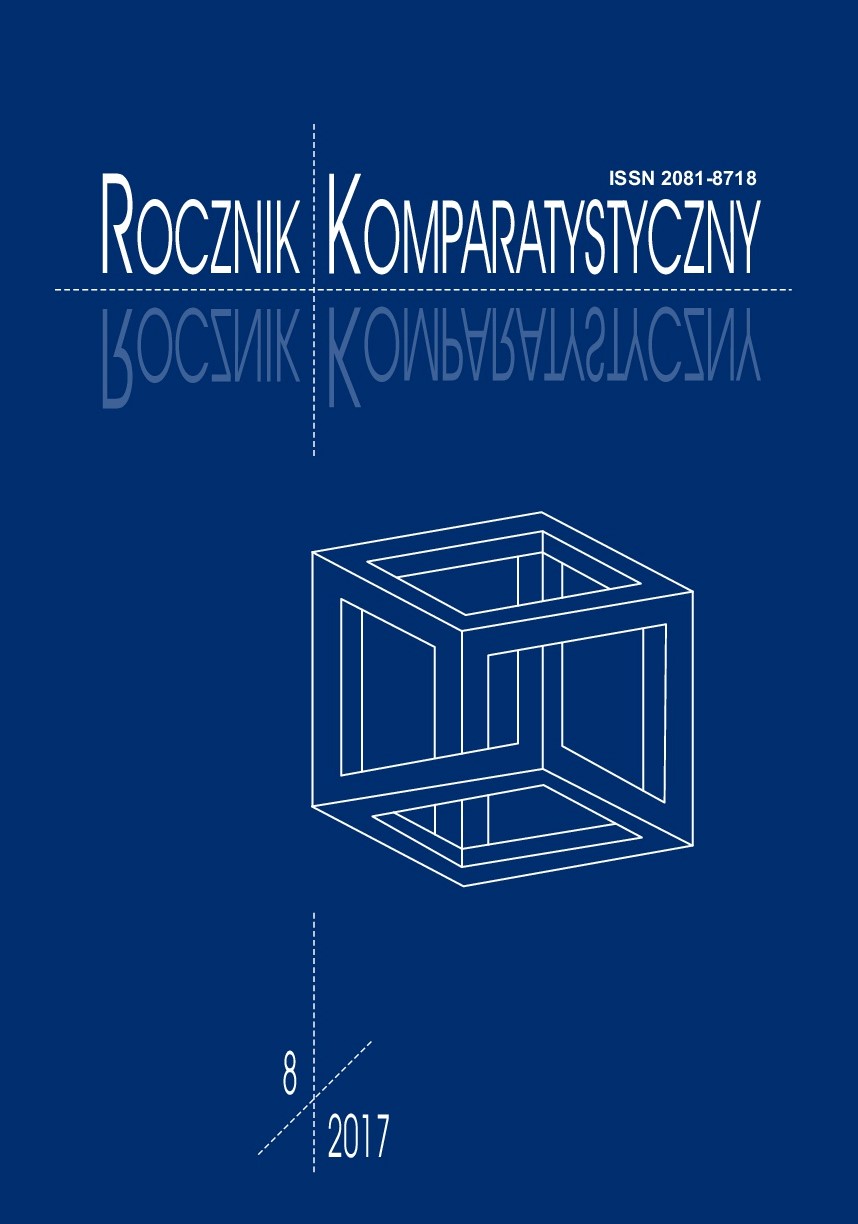Figura kenozy w literaturze i muzyce. Przypadek oratorium La Passion de Simone Kaiji Saariaho
The Figure of Kenosis in Literature and Music. The Case of Kaija Saariaho’s Oratorio La Passion de Simone
Author(s): Katarzyna KuciaSubject(s): Language and Literature Studies, Studies of Literature, Comparative Study of Literature
Published by: Wydawnictwo Naukowe Uniwersytetu Szczecińskiego
Keywords: comparative literature; intermediality; word and music studies; philosophy; oratorio; Simone Weil; Kaija Saariaho
Summary/Abstract: The article presents the (biblical) figure of kenosis in word and in music contained in the oratorio titled La passion de Simone by Kaija Saariaho. The piece is entirely dedicated to the life and philosophy of Simone Weil. The article analyzes the tenth part of the oratorio which refers directly to the Tenth Station of the Cross where the act of stripping bare is contemplated. The key to the interpretation of this event is contained in the Greek word kenosis. St. Paul, the Apostle to the Nations, in the Letter to Philippians uses it to describe the humiliation of Jesus Christ. Kenosis comes from the Greek verb kenou, which can be translated as: voiding or emptying of self, of one’s own will, or becoming entirely receptive to God’s divine will. This concept is of key importance in Weil’s philosophical thinking. She coined the term “de-creation” to describe the transposition of kenosis to the experience of a being human. The presence of this figure can be seen in the libretto describing Weil’s solitude and abandonment in everyday and intellectual life. The music expresses the idea of kenosis in the moments of silence and standstill. This concept also determines the texture and the sonority full of dark colors.
Journal: Rocznik Komparatystyczny
- Issue Year: 2017
- Issue No: 8
- Page Range: 231-261
- Page Count: 31
- Language: Polish

